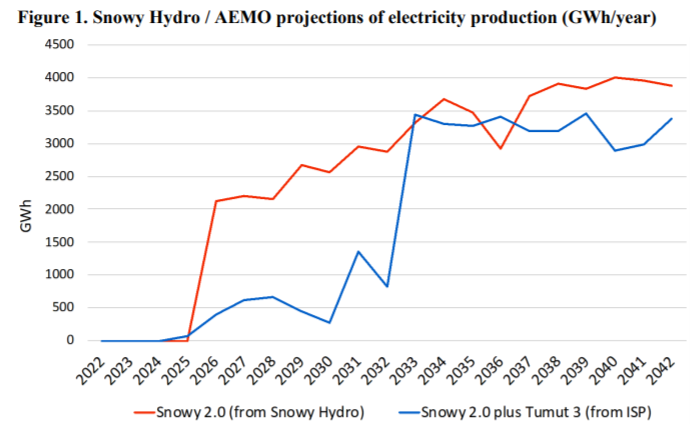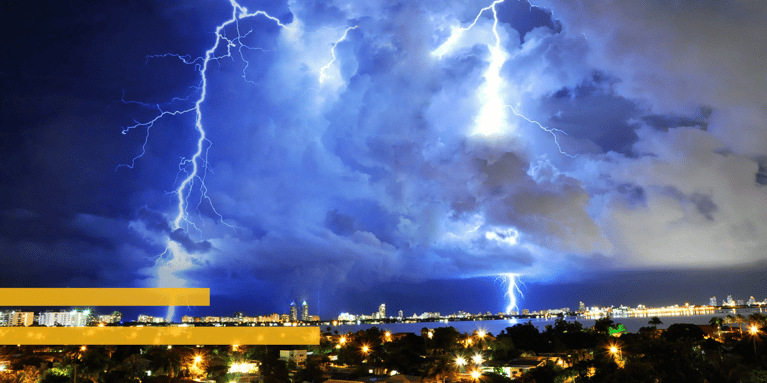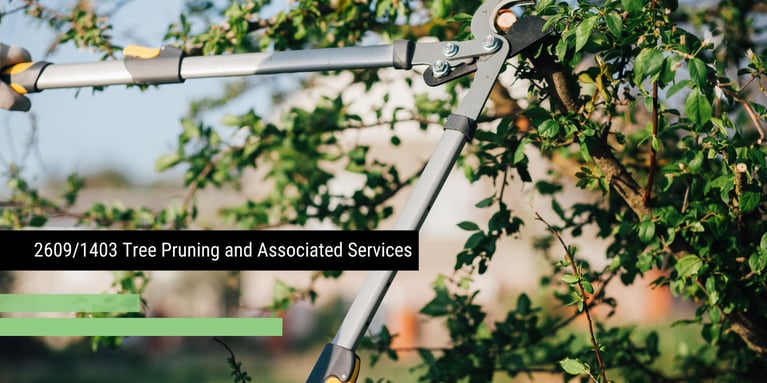Without wishing to cause any further anxiety in this unprecedented pandemic, the topic of this article is “Sad News for Consumers”. Recently, the AEMO Integrated System Plan (ISP) 2020 final version was released and the findings are troublesome for consumers. Let us explain.
The ISP looks forward, helping the industry plan for the transition from fossil fuel generation to renewable generation. In doing so, the ISP identifies those interconnectors and generations technologies that are likely to be required to maintain system security and reliability. Given future uncertainty, the principle of Least Regret is adopted, which is appropriate.
The ISP found that major investment is required involving large interconnectors such as the second link between Victoria and Tasmania (Marinus Link), Energy Connect (linking NSW with SA), Snowy 2.0 hydro pump storage and Battery of the Nation (Tasmanian hydro pump storage). These projects represent circa $10bn of investment which consumers will pay for, either directly or indirectly.
Why is this Sad News for Customers you may ask? Let us explain.
- There have been 3 versions of the ISP released since late 2018. On each occasion, the assumptions have changed materially and whilst there is no shame in refining inputs, it all proves that long term forecasting of the Australian electricity and gas markets is problematic. One example of these findings concerns the profound change between ISP versions with surprisingly no additional utility scale battery energy storage assumed in any of the 7 scenarios tested for the next 40 years. It was troubling that this major plan was so disconnected with the market players, as so many are exploring this technology. At least in the final ISP 2020 version, battery storage systems have been identified as having a significant role.
- The reality is in this industry, central planners such as AEMO (and NEMMCO the predecessor), have both struggled to reasonably predict how the industry will unfold. It simply reflects it is a very difficult task. Poor decisions with regulated assets will be passed onto consumers to pay for, irrespective of whether they are required or not. Australia is at risk of having a high fixed grid connection cost with very low marginal costs, so we need to manage these fixed costs. Otherwise the productivity, economic and quality of life benefits will not be realised.
- The ISP 2020 campaigns that Marinus Link should be built in the interests of consumers. However, we must disagree. We assisted in a major study led by the Tasmanian Small Business Council undertaken with Goanna Energy and sponsored by the Energy Consumers Australia where we found:
-
- The modelled benefits of Marinus Link are questionable as it primarily relies upon the fuel cost saving arising from substituting gas-powered generation with hydro generation. Such a finding is difficult to prove and risky (at the consumers expense), as the marginal value of water is nebulous, and predicting future gas prices deep into the 2030’s is a tough gig, given the linkage with global oil prices.
- The ISP 2020 assumes the fuel switching benefits would be passed onto consumers; we question whether this will be true. There is no evidence in the market’s 25-year history of lower fuel costs being passed onto consumers unless there is significant over-supply at the market’s marginal cost level. Today, coal-fired generation sets the price about 60% of the time, and yet we do not experience a price equal to the marginal cost of coal for 60% of the time. Instead the marginal coal price offered, shadows gas or hydro prices. When hydro sets the price (about 20% of the time), the price is set at a higher price than when gas sets the price. Therefore, it was our conclusion it is flawed to believe that lower costs (assuming they exist), will be passed onto consumers as the market players operate to maximise commercial value, and by doing so, shadow price the market’s marginal fuel (i.e. gas). And given gas powered generation along with storage technologies will continue to have a key role in the future to firm renewables, it is unlikely that current pricing practices of shadowing gas prices will change.
- The alleged fuel switching benefits are expected to begin low and then become material in 15-years’ time, and so the discount rate applied to measure future benefits in today’s terms is required. The discount rate applied was 5.8% which from a consumer perspective is not risk-adjusted and is inappropriate. When we consider the technology risks, regulatory risks, and consumer behavioural change risks; 5.8% cannot be regarded as reasonably appropriate. If a higher discount rate was applied such as 10% or 12%, then the alleged Marinus Link benefits will not recover the costs.
- The modelling of the capital cost for Marinus Link was lower than tabled in the Tasmanian Parliament and publicly announced by TasNetworks. Also, the financial modelling of the treatment of the capital cost was questionable
- And finally, the Marinus Link fails to satisfy the objectives of a Least Regret plan. Marinus Link is a big-bang approach where the investment is a single shot approach; and therefore, is irreversible, unable to be future-proofed. A Least Regret plan should be smaller, scalable, nimble, and one that effectively hedges the risk.
- If Marinus Link proceeds, consumers will pay for the asset for the next 40-years irrespective of whether it is required or not, carrying the substantial risk that the asset is under-utilised or possibly redundant. Consumers will be carrying a massive Kodak Risk, where the asset may prove to not meet the future market need.
- In our analysis we called for a re-look of many factors, including considering other options such as fast tracking the consumer-led energy revolution by supporting behind-the-meter solutions, which has the potential to deliver twice the benefits as large-scale grid solutions. Such an approach would be nimble and able to capitalise on technological improvements over time; that is, a true Least Regret plan.
- The Energy Connect link between NSW and SA is another major investment proposed, and whilst we have not investigated this link with the same intensity, we wonder whether the same systematic biases exist in the evaluation. So once again, we fear customers will be levied with another significant cost for an asset that may not deliver the modelled benefits
- We have held suspicions that Snowy 2.0 may also be an investment that will struggle to live up to its promises. The Federal Government is now the sole owner of Snowy Hydro, so if this initiative fails to live up to expectations, all Australians will pay for the poor decision. In a recent paper, the Victorian Energy Policy Centre, posed the question whether the ISP 2020 would leave “Snowy 2.0 high or dry”? In summary, the key points are:
-
- The ISP 2020 predicts the Snowy 2.0 will generate far less than predicted by Snowy, until 2033
- The consequences of Snowy 2.0 generating less than modelled shows the capacity factor will fall, leading to the arbitrage price (i.e. the difference between the buy price to pump water and the selling energy price), needing to substantially increase
- Looking at the required arbitrage value, it is unlikely that Snowy 2.0 will be able to capture the required arbitrage value as it will not exist, therefore making the investment decision of Snowy 2.0 highly questionable

In conclusion, the NEM is facing very large investment decisions, but this results in consumers either directly or indirectly through public ownership, carrying the risk and wearing the consequences of any poor regulated decision. It is acknowledged that Governments are looking for means to stimulate the economy post COVID-19 and these big bang projects seem to have strong political appeal with an accompanying photo opportunity. There is however, a nimble, lower risk and lower cost alternative solution complemented with enabling technology and good policy available. Consumers are ready to be stimulated to change behaviour and accelerate the consumer-led energy revolution.
Blog Submission: Carl Daley – SavvyPlus Consulting
Contact us today to speak to our energy specialists for more information.













